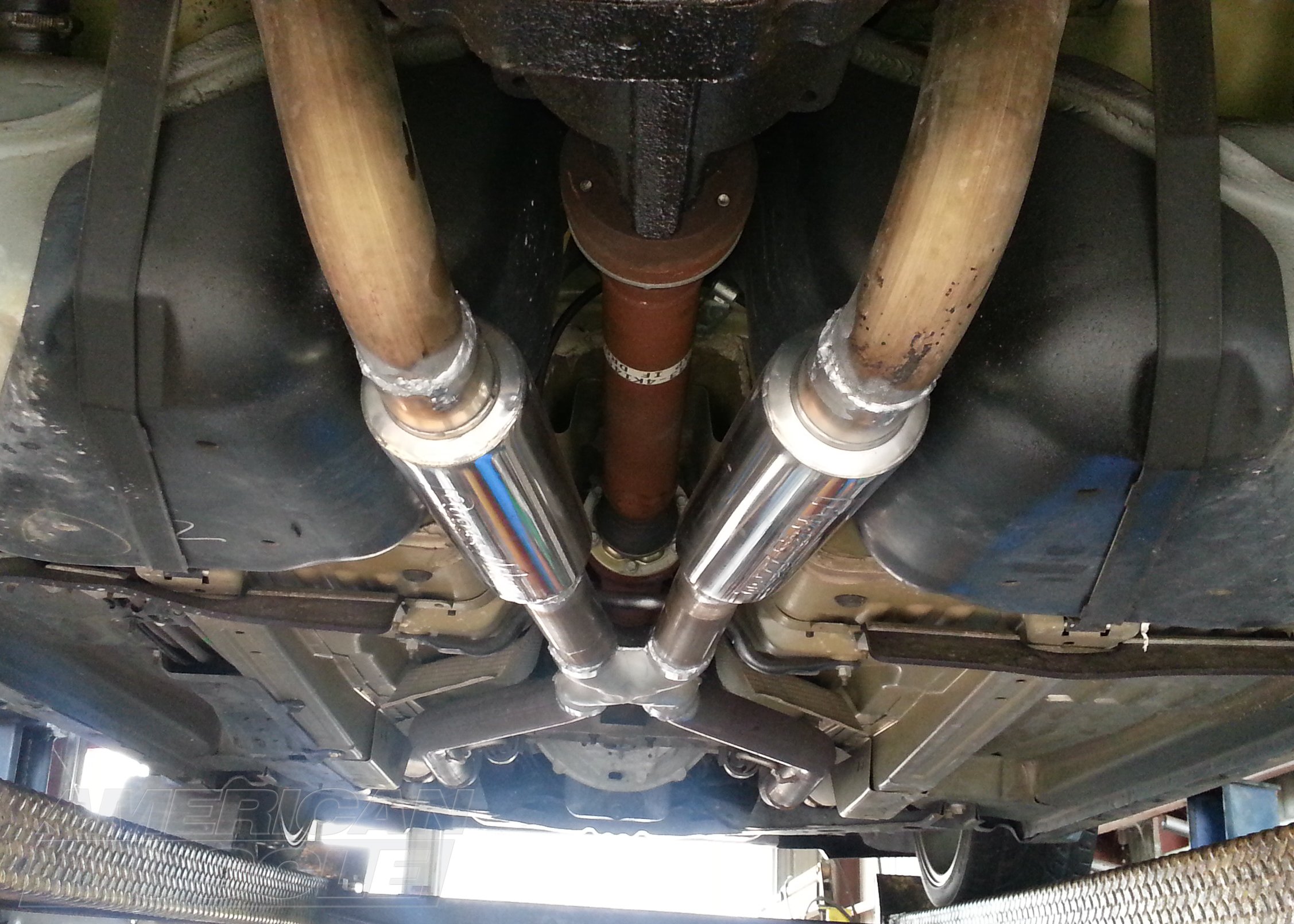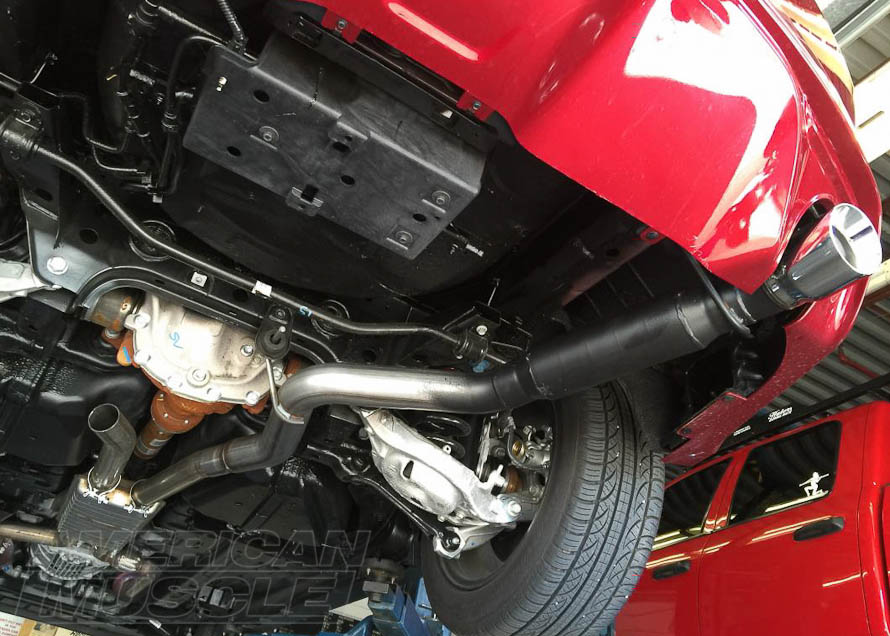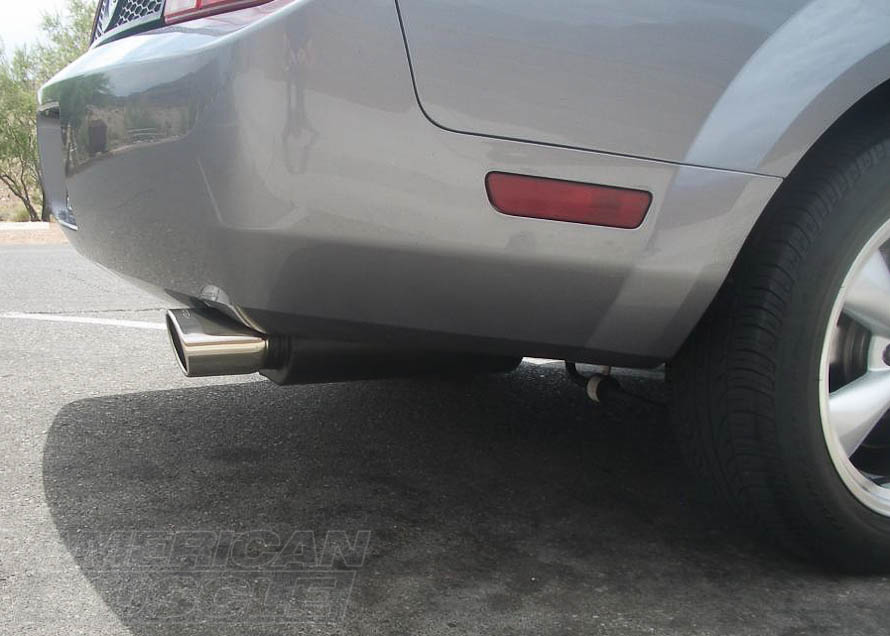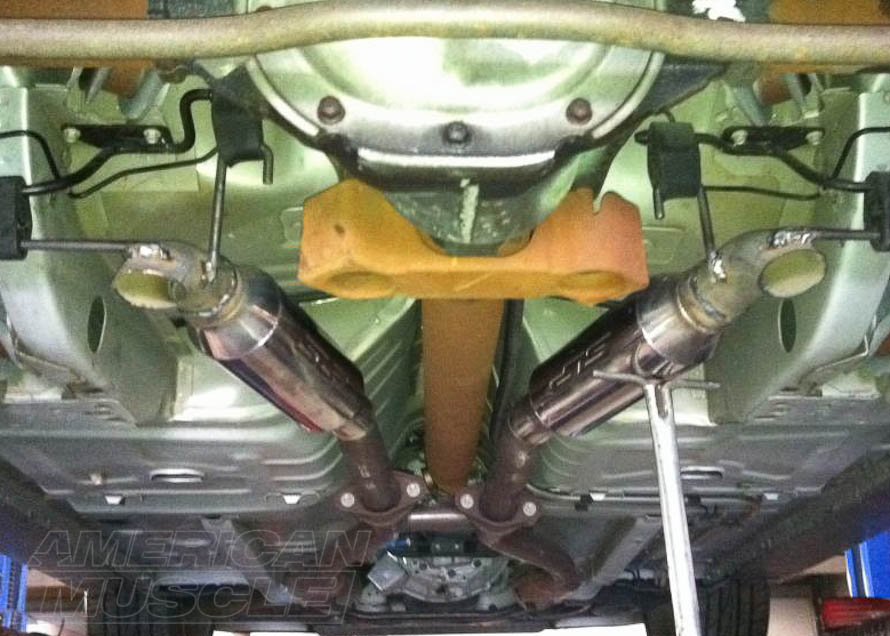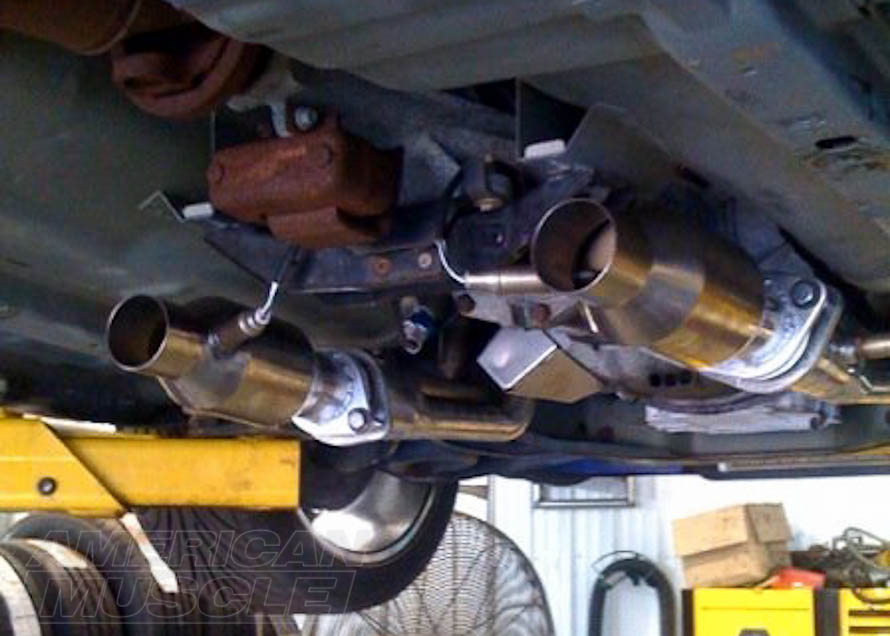A resonator cancels out a certain range of sound frequencies. Without getting too scientific, sound is simply a pressure wave emitted at a certain frequency. Like waves in the ocean, sound waves have certain amplitudes (comparable to overall size), a crest, and a trough. At the beach, when the crest of a wave meets the trough of a wave of the same size, the two waves actually cancel each other out and the wave will die. The exact same principle applies to sounds waves. If you have two sound waves of the same size and frequency meet crest-to-trough, they too will cancel.
This begs the question, what range will be canceled? Well, that's left up to the engineers. Typically an automotive sound engineer will choose an unpleasant range and build the resonator to eliminate that frequency or set of frequencies. Eliminated noises include harsh pitches or ranges where the exhaust produces a loud drone or irritating buzz.
One of the best uses of a resonator is to compliment an existing setup. For example, if you've already gotten the right note you want but still have a persistent drone, adding a resonator can eliminate that drone while preserving the desired note. In the same vein, replacing your muffler/baffling with resonators is the equivalent of straight piping your exhaust with a touch of finesse. Placing a resonator upstream of the muffler would help quiet the engine a little, but not likely to the extent you would think. Resonators are not designed to reduce volume, but in this instance, the resonator would slightly lower volume because the exhaust would lose sound energy as it meets minor resistance. Realistically, if the sound of your Mustang is much too loud, it is best to replace the mufflers with a toned down version.
Note for 2015+ Mustangs: The suitcase resonator pack in the stock exhausts is two perforated tubes surrounded by fiberglass packing, acting as a muffler instead of a resonator. The suitcase's job is to mix the exhaust from both banks and keep things quiet, but S550 owners will tell you a mid-pipe is going to be your better choice for both quality sound and exhaust mixing. In this case, a "resonator delete kit" is an ideal upgrade.
